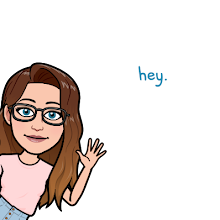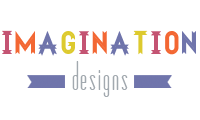Popular: Vintage Wisdom for a Modern Geek
by Maya Van Wagenen
Bibliography:
Van Wagenen, Maya. Popular: Vintage Wisdom for a Modern Geek. New York: Dutton Books for Young Readers, 2014. Print.
Summary:
Maya Van Wagenen is not exactly popular at her high school. In fact, she is pretty much the exact opposite of popular. She is hardly noticed at all, aside from the couple good friends that she already has. When she comes across a book written in the 1950s by Betty Cornell, she decides to read it. The book is about how to be popular, and instead of just reading it, Maya decides to follow the directions in the book. After all, it could still work at making her popular, and it could not possibly hurt since she is hardly noticed to begin with. What Maya does not know is how much the experiment will really change her life, and not just with her classmates. Maya begins to build up her self-confidence, something she was incredibly lacking beforehand. Her experiment even leads her to meet Betty Cornell herself.
Critical Analysis:
The first thing I want to mention about this book is the cover; it is wonderful. When I think of informational books, I tend to think of covers that are a bit dull. They usually just have one big picture and title, and it is nothing too creative. I love how the cover looks like a paper doll with clothing, and it makes even more sense once you have read the book. It was an excellent idea, and I do believe that it will help draw in readers. This book will have no trouble keeping readers, either. The voice in this book is wonderful, and something very unlike anything I have seen in nonfiction before. It is humorous, wry, saddening, cheerful, defeated, and so many other emotions at varying times. It is so easy to relate to Maya, and it is wonderful to remember that she is a real person; that this is her real life. Some of the situations are so amusing, that they could easily be found in a fiction book as well. I do believe this is something else that will draw in young readers; a lot of it does read like a fiction story, realistic fiction, but the fact that it is true makes it much more exciting.
Informational text is supposed to teach its readers something, but this book goes so much further than that. On the surface, we get a story about Maya who wants to be popular. She comes across a book from the 1950s that leads her to try out the steps in the book to become popular. Some of the steps lead to amusing situations, like wearing shapewear or lipstick every day, which is not something that a lot of young adults do at school. Others lead Maya to realize that it might not be working, and that she is still very unknown. However, it is the change in Maya, and not in the other students, that makes this book so interesting. Maya becomes accepted by her classmates, but she also begins to accept herself, which was something that was lacking. We see Maya build self-confidence and learn to accept herself, which is a wonderful lesson to be able to get across in a nonfiction text. The fact that it does so in an interesting and amusing way, instead of preaching the lesson, is even better for young adult readers.
Creative Activity: This book would be easy to use in a reading or English classroom. In fact, we used an article about the novel in my reading classroom this past year, before I even read the novel myself. We used the article to compare it to other articles that had to do with popularity and social media, and the students really enjoyed it. I do believe that this book would be a wonderful model for expository writing as well. Students could read an excerpt of the novel, and then work on a part of their own memoir where they learned a lesson as well.
Related Resources:
The Diary of a Young Girl by Anne Frank - This is another wonderful diary that students could use, and compare to Popular. While they are about very different situations, I do think that similarities can be found between the two girls. Students can discuss how the voice is similar and different as well; we know that Anne managed to stay quite positive despite her situation.
How to Be Popular by Meg Cabot - This is a fiction book that has a very similar story line to Popular, though it is not a true story. The main character wants to be popular, and so she goes through a list of things that are supposed to help her get there. It would be interesting to see a fiction side of the same plot as well.
Published Review:
Publisher's Weekly. Dutton Buys YA Memoir by Teenager, 2013. 26 July 2016. Retrieved from http://www.publishersweekly.com/pw/by-topic/childrens/childrens-book-news/article/57973-dutton-buys-ya-memoir-by-teenager.html



















